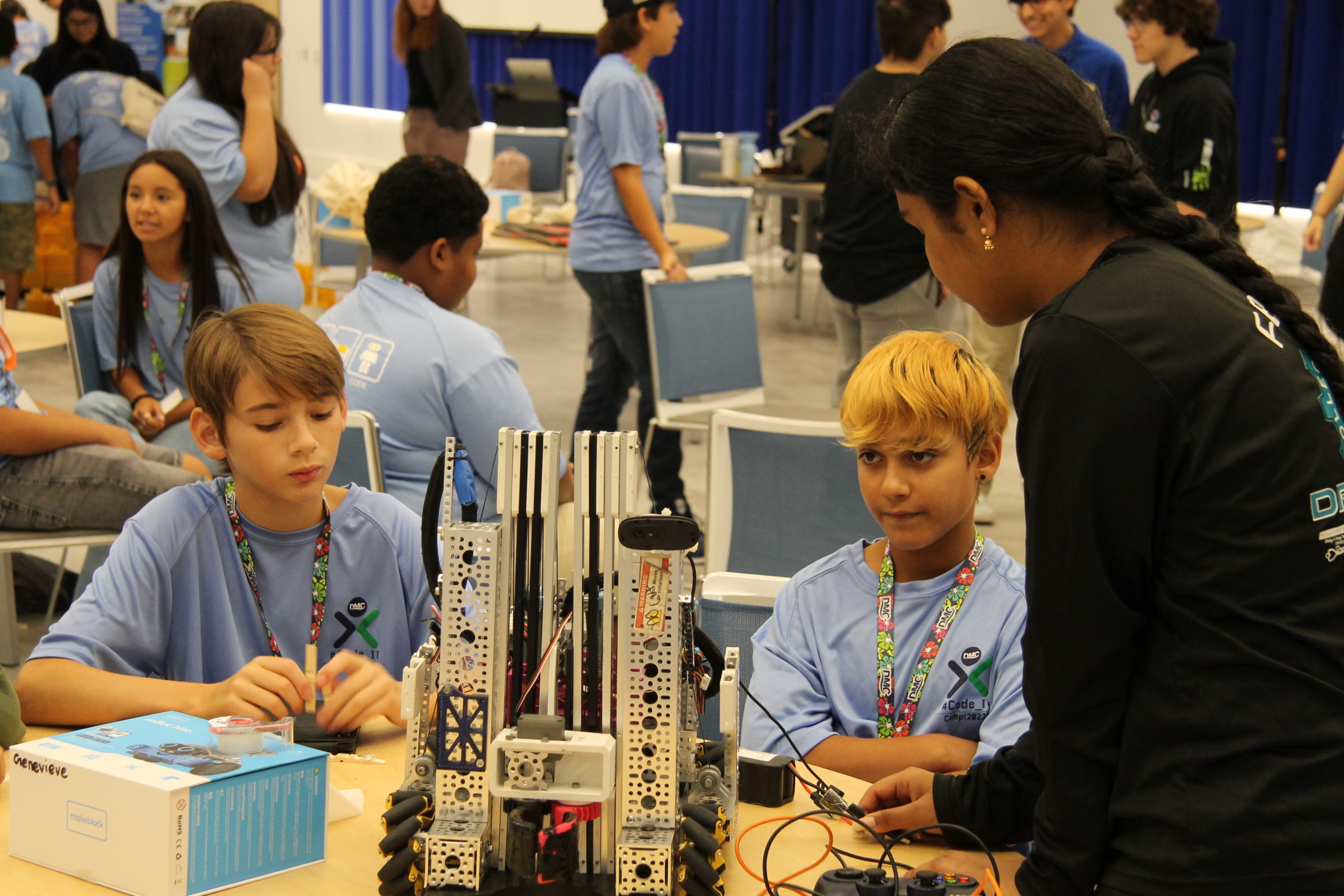The internet has become a pivotal tool for young people to build and maintain relationships. However, the interconnected nature of the internet means people often become victims of online harassment, or cyberbullying.
Because cyberbullying takes place online, someone with a Wi-Fi connection or a smartphone can bully someone 24 hours a day, 7 days a week. According to a 2018 Pew Research Center survey, 59 percent of teens have experienced some form of cyberbullying.
Here are some facts about cyberbullying that you may not know.
- Although both boys and girls cyberbully, they tend to do it in different ways. Boys are likely to cyberbully with explicit messages or messages that threaten physical harm. Girls usually cyberbully by spreading rumors, exposing secrets or excluding others from social media groups.
- The internet allows cyberbullies to believe they don’t have to be held accountable for their actions. They think they are anonymous and do not have to face their victim eye-to-eye. They don’t have to worry about physical strength or strength in numbers.
- Like in-person bullying, cyberbullies also like to have an audience. They will often encourage others to engage in “cyber-fights” with them, allowing the cyberbully to feel empowered.
- According to the U.K. anti-bullying charity Ditch the Label, more young people are being cyberbullied on Instagram than on any other social media platform.
- 42 percent of young people said they have been name-called online, making it the most common type of online harassment. (Pew Research Center)
- Boy and girls are equally as likely to be victims of cyberbullying; however, girls are more likely to experience multiple forms of online bullying compared with boys. (Pew Research Center)
- Girls are more likely than boys to have false rumors spread about them and have explicit images that they did not ask for sent to them. (Pew Research Center)
- Teens who come from households with an annual income of $30,000 or less are more likely to be subjected to cyberbullying compared with teens whose annual household income is $75,000 or more. (Pew Research Center)
- Teens who use the internet more frequently are more likely to be victims of cyber bullying. 45 percent of teens claim to be online constantly, and 67 percent of those teens say they have experienced abusive behavior. (Pew Research Center)
- The majority of teens (59 percent) believe that parents are doing a good job at addressing cyberbullying; however, young people disapprove the most (79 percent) about how elected officials are handling the issue. (Pew Research Center).
If students are dealing with issues related to cyberbullying or just need someone to talk to, visit the Counseling Center on the second floor of the Harvin Center.




